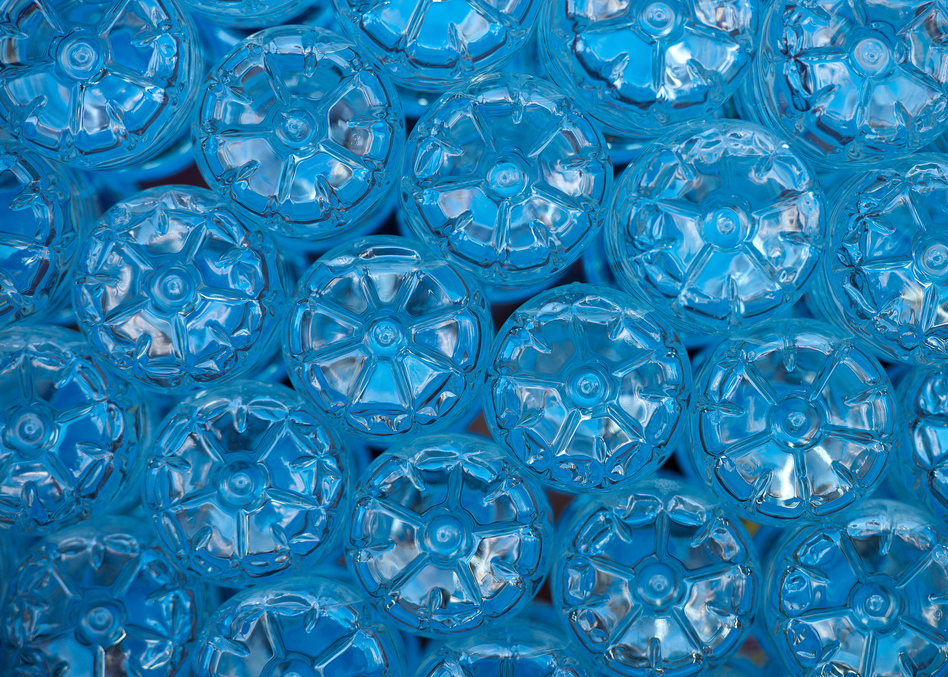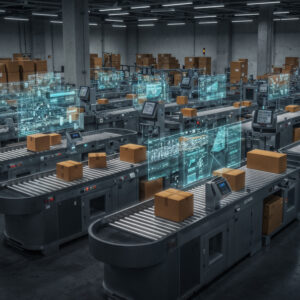Today, packaging is second only to energy consumption in shaping the earth’s current and future state. Emerging research reveals that 34% of artificial GHG emissions are generated by the food sector, with packaging alone accounting for over 60 million tons of CO2 emissions every year. Moreover, from 1950 to 2015, world plastic production grew more than 200x. This means that annual volume jumped from 1.5 million tons to over 7.8 billion tons, with 59% of this total coming from consumer products and packaging.

Source: Goldman Sachs, American Association for the Advancement of Science
Many consumer goods companies and retailers are betting that plastics will win long-term if only the waste problem can be solved. Given this, they focus heavily on making their products and packaging recyclable. However, only 45% of consumer plastic waste is recycled or used as waste-to-energy.

Source: American Association for the Advancement of Science, Bain & Co.
Some radical approaches involve reinventing the value chain to eliminate the need for much if any, packaging. Unilever’s toothpaste tablets in a reusable package replace plastic tubes. Procter & Gamble’s soap swatches become cleaning products such as hand soap, shampoo, or laundry detergent only when the consumer adds water. They come in biodegradable packaging that takes up 70% less space. Because they contain no water in the package, their production removes 80% of the weight generated by traditional cleaning products and 75% of emissions in transportation. Think Loop’s delivery of household goods and food in glass and metal containers that can be reused hundreds of times—like Haagen-Dazs ice cream delivered in stainless steel containers

Source: Solving the Consumer Plastic Puzzle, Bain & Co.
One of the most promising options is bioplastics which are plastic alternatives made from renewable and biodegradable materials. However, although rapid growth in production and adoption has led forecasters to value the bioplastics market at over USD 34 billion in 2024, bioplastics account for less than 1% of the more than 390 million tons of the world’s plastic consumption annually. After stagnating in 2020, mainly due to COVID-19, global plastic production increased in 2021. This development is driven by rising demand and the emergence of more sophisticated applications and products.

Source: Bioplastics Market Development Update 2022, European Bioplastics

Source: Plastics Europe 2022
Global bioplastics production capacity is set to increase significantly from around 2.23 million tons in 2022 to approximately 6.3 million tons in 2027. Bioplastics alternatives exist for almost every conventional plastic material and corresponding application. Due to a strong development of polymers, such as PHA (Polyhydroxyalkanoates), polylactic acid (PLA), and PAs (polyamides), as well as the steady growth of Polypropylene (PP), the production capacities will continue to increase significantly in the next five years. As a result, bioplastics have gained popularity in various applications, ranging from packaging and consumer product to electronics, automotive, and textiles. However, packaging remains the largest market segment, with 48%, 1.07 million tons, of the total bioplastics market in 2022.

Source: Plastics Europe 2022
According to Mordor Intelligence’s report, Europe dominated the bioplastics market, with most of the demand coming from Germany, France, Italy, and the United Kingdom. Germany’s food and beverage industry are characterized by its small and medium-sized enterprise sector of over 6,000 companies. The revenue in the food and beverage market was estimated at USD 3,222 million in 2021. The market is expected to grow annually by 6.83% during the forecast period 2022-2027. Italy’s packaging industry is one of the largest in the world. There are nearly 7,000 significant and minor packaging companies active in the country. The growing importance of supermarket retailing and the changing consumer purchasing habits are increasing the packaging demand in the country. Besides, exports are adding to the need for packaging materials.

Source: Mordor Intelligence
Article by: Asst. Prof. Suwan Juntiwasarakij, Ph.D., Senior Editor & MEGA Tech





